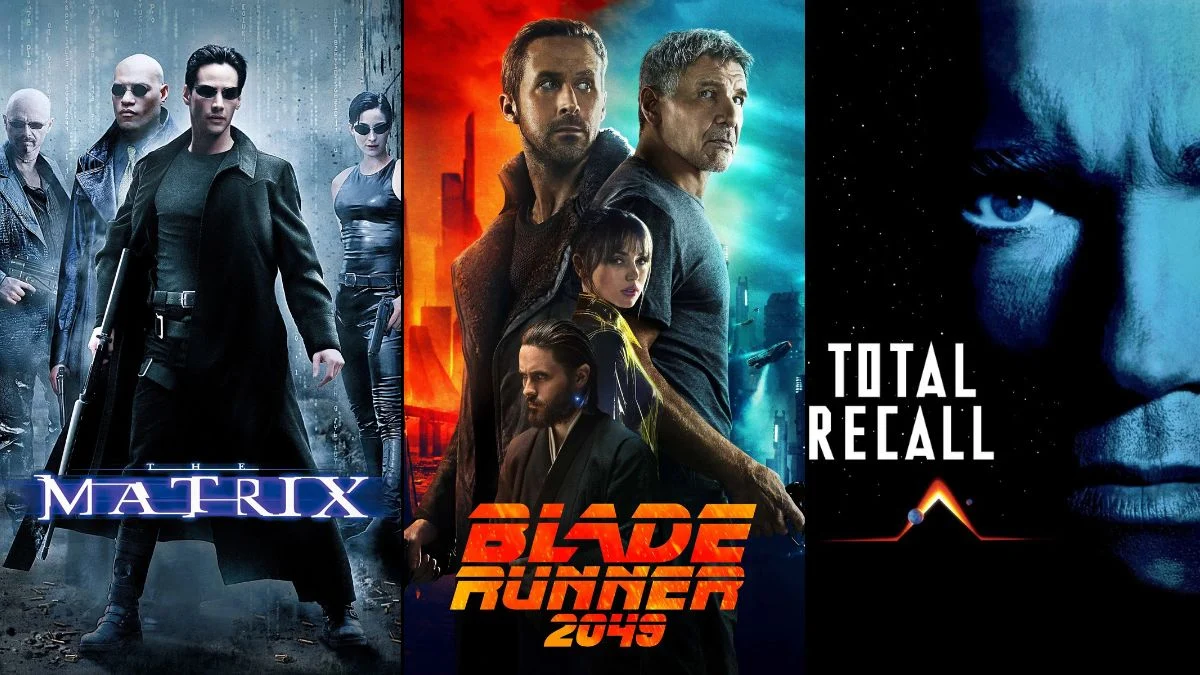
Cyberpunk films transport you to dazzling, futuristic cities controlled by powerful corporations and filled with digital worlds. They explore how technology changes who we are and how we wield influence, blending high-tech innovations with the harsh realities of urban life. The genre, found in both animated classics and live-action blockbusters across the globe, consistently asks: what does it mean to be human in a world dominated by machines? Here’s a list of twenty exceptional films that showcase the development of cyberpunk cinema.
‘Blade Runner’ (1982)

Ridley Scott’s film is based on a story by Philip K. Dick, following a police officer in a rainy Los Angeles who is tracking down bioengineered humans called replicants. The movie defined the visual style of the sci-fi genre with its bustling cityscapes, futuristic advertisements, and updated technology. The production design by Lawrence G. Paull and visual effects by Douglas Trumbull have influenced sci-fi worldbuilding for years. The film’s haunting synthesizer score by Vangelis and the use of the Voight-Kampff test blurred the lines between what it means to be human and machine.
‘Blade Runner 2049’ (2017)
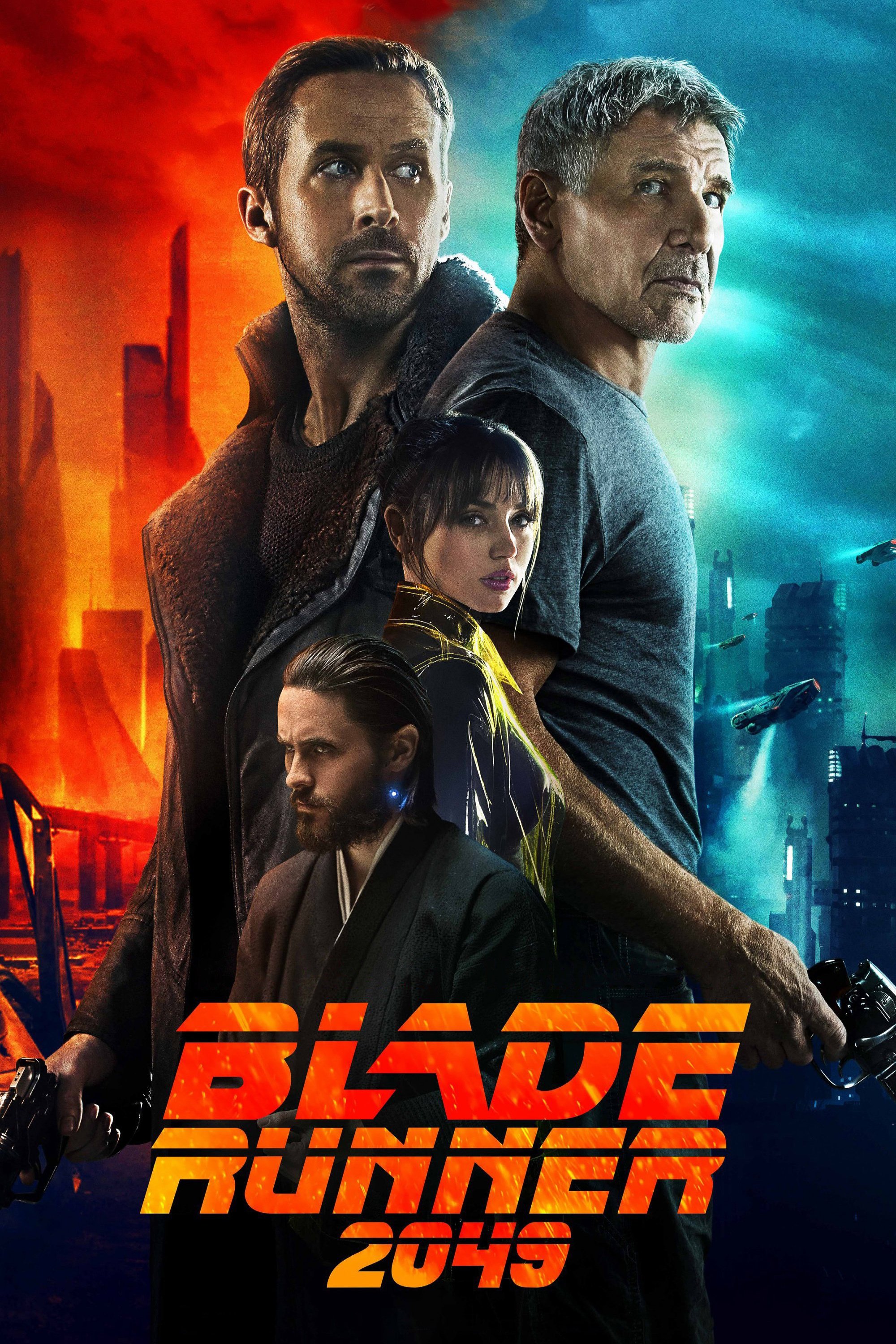
Denis Villeneuve’s sequel introduces K, a new blade runner, who discovers a secret hidden for a long time. The film builds upon the original world, showcasing desolate industrial areas, massive data storage facilities, and underground labs where memories are illegally made. Roger Deakins’ stunning visuals create a bleak and frigid vision of the future through striking use of light and color. The story also explores the past of replicants, revealing more about the technology and memory creation processes of the Wallace Corporation.
‘Ghost in the Shell’ (1995)

Mamoru Oshii’s anime centers on Motoko Kusanagi, an agent of Section 9, as she tracks down a mysterious hacker known as the Puppet Master. The film delves into themes of advanced technology – like brain-computer interfaces, robotic bodies, and the rights of artificial intelligence. The futuristic city depicted is a mix of gritty, older areas and cutting-edge digital networks, constantly monitored by surveillance systems. The ending raises complex legal and philosophical questions about what defines a person’s identity when consciousness can be shared through a network.
‘Akira’ (1988)
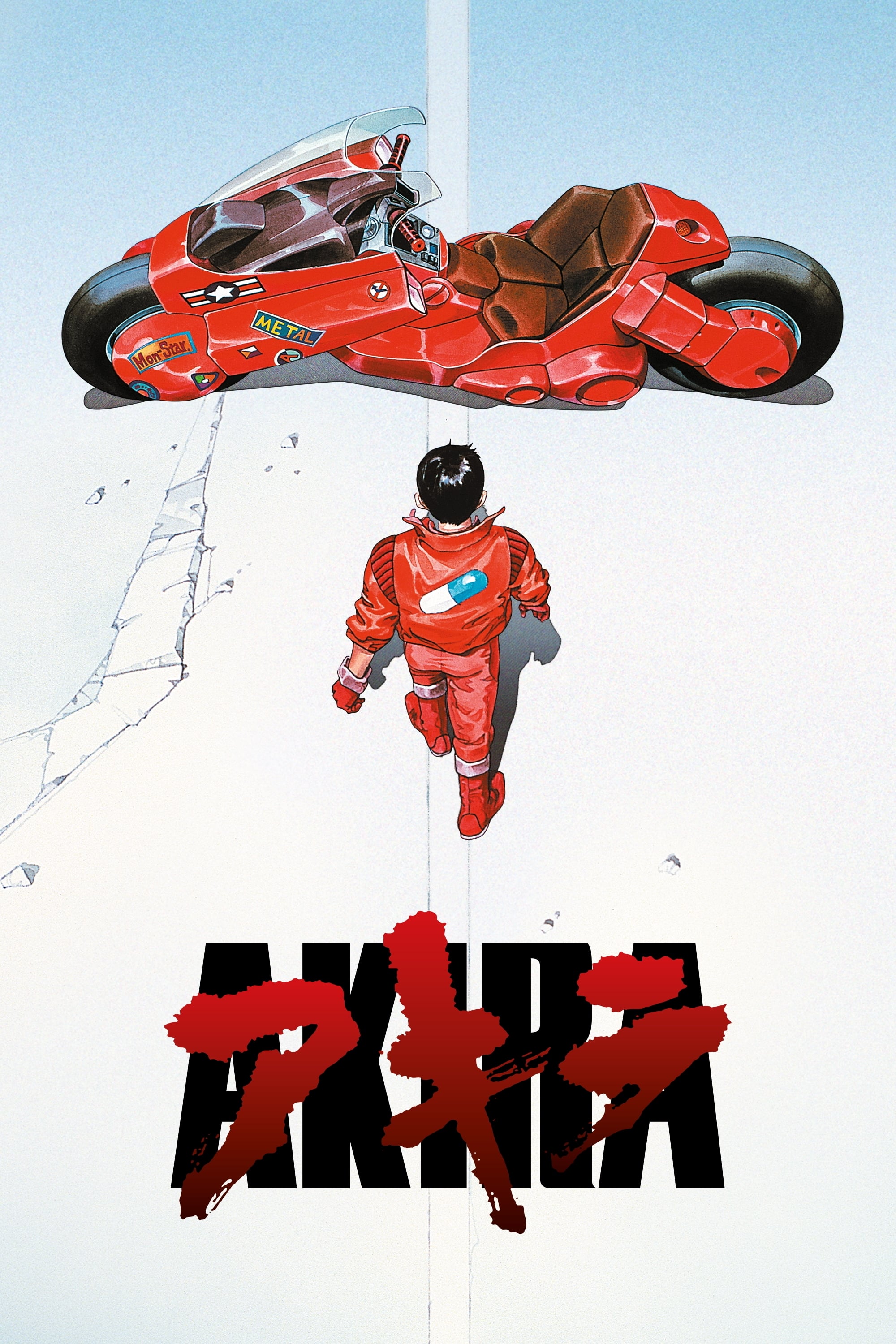
This anime, based on Katsuhiro Otomo’s manga, takes place in the futuristic city of Neo Tokyo. It explores the dangers of government experiments and unchecked psychic abilities. The story features biker gangs, secret military labs, and the crumbling buildings that result from the city’s fast-paced expansion. The film uses detailed, traditional hand-drawn animation to bring the crowded streets and bright lights of Neo Tokyo to life. Ultimately, it connects technological advancements with societal breakdown and political instability, highlighting the consequences of unchecked power and experimentation.
‘The Matrix’ (1999)

Okay, so the Wachowskis really blew my mind with this one. It’s a world where everything you think is real… isn’t. Turns out humans are basically batteries for machines, living in a totally convincing simulation. The visuals are incredible – they invented this technique called ‘bullet time’ that’s still being copied today. Beyond that, the movie throws you into this underground world of hackers, black market software, and crews who literally jack into the system. It’s fascinating how they imagined skills you could just download, and these glitches in the system that people exploit to fight back. And let’s talk about the style! The costumes and overall look of the film defined how we picture hackers and rebel groups even now. It’s a visually stunning and thought-provoking ride.
‘RoboCop’ (1987)
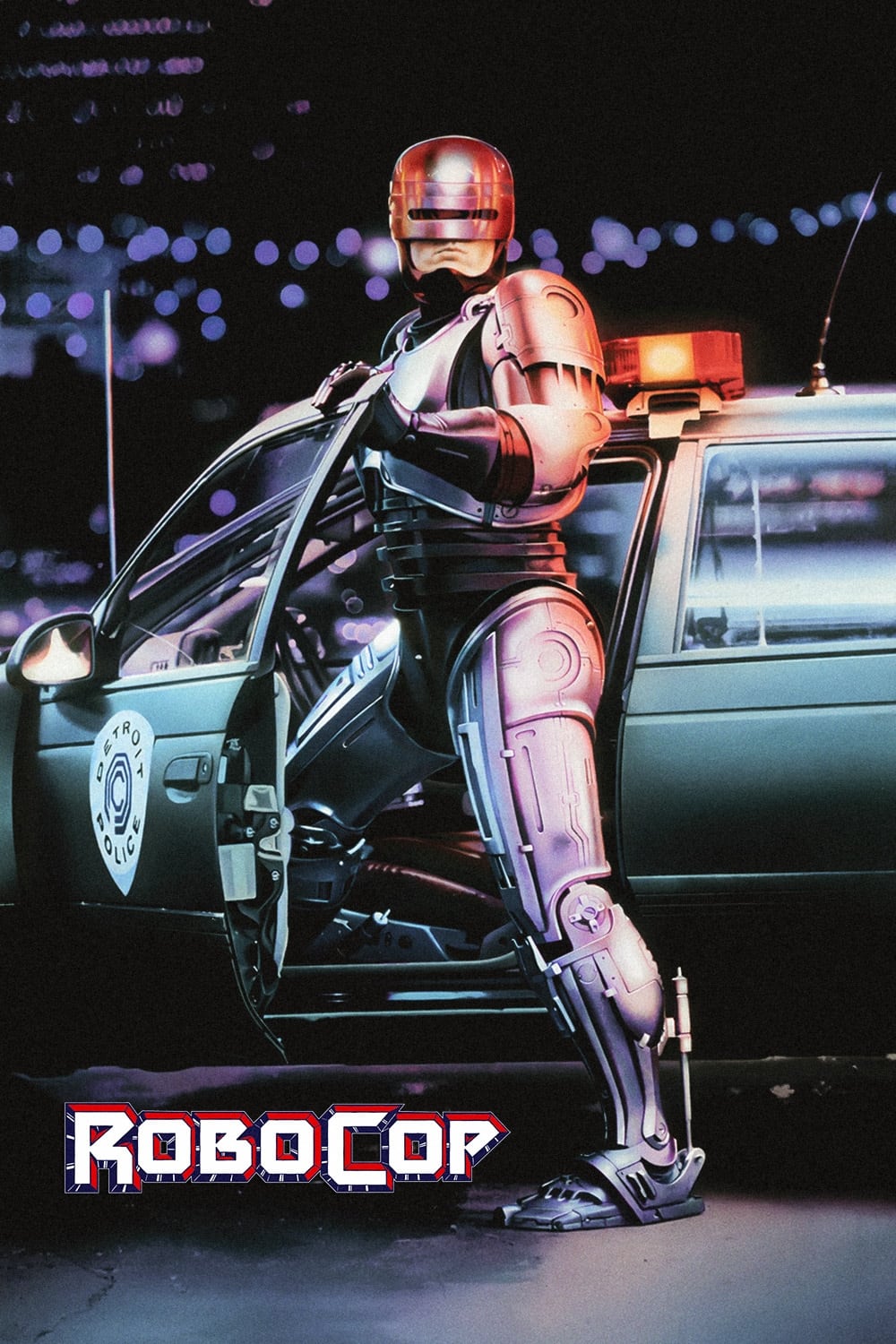
This film, set in Detroit, centers around a police officer who is killed and then brought back to life as a cyborg, essentially a human-machine hybrid, owned by a company. The movie explores how this cyborg’s actions are restricted by orders and corporate interests. Through news reports and advertisements shown within the film, we see a media world focused on making money and maintaining control. The filmmakers used real-world effects and a detailed suit design to make the combination of human and machine feel gritty and substantial.
‘Total Recall’ (1990)
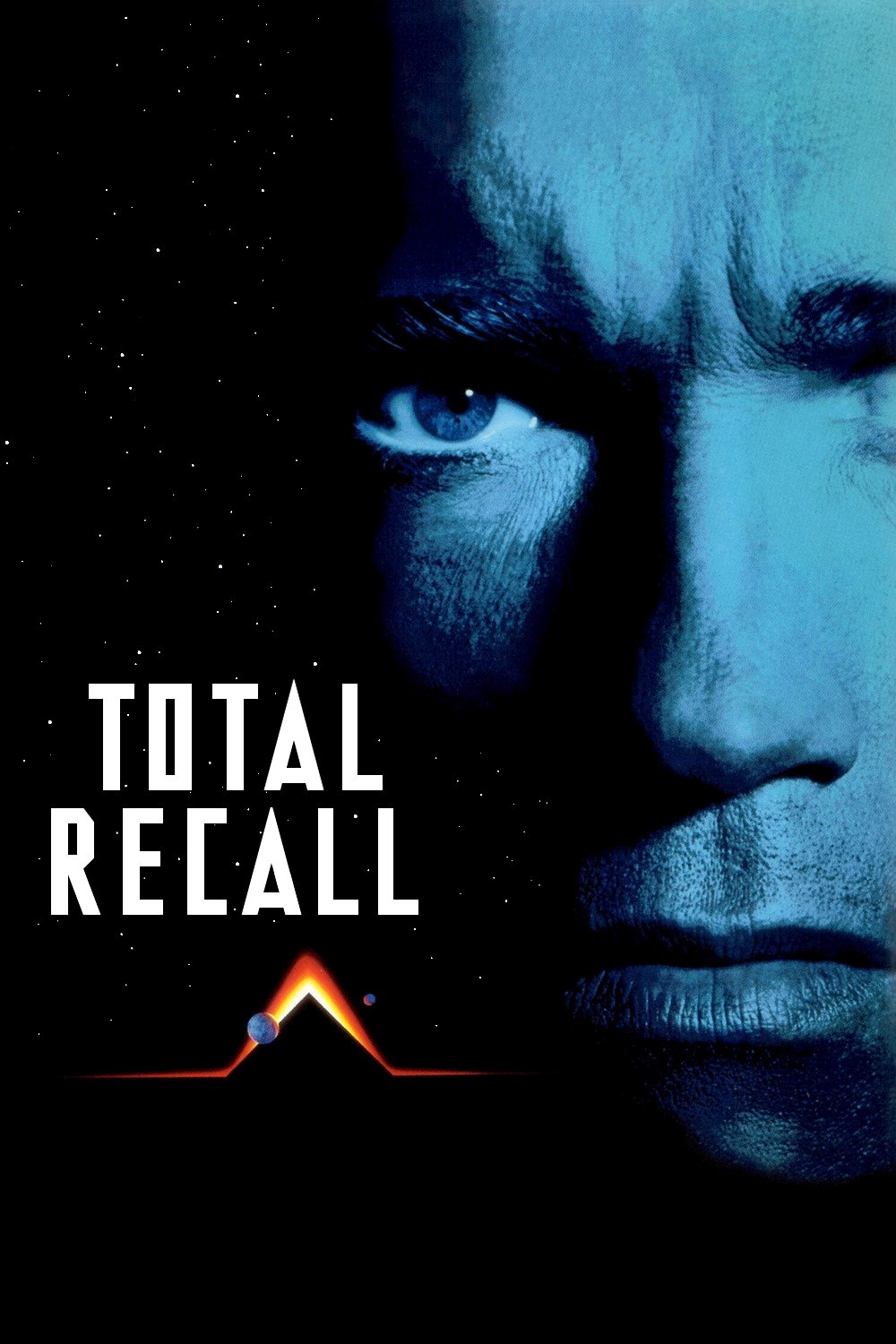
Inspired by a story from Philip K. Dick, this film follows a construction worker who gets memory implants, revealing a secret past. It’s set in space colonies and explores themes of identity, memory manipulation, and the control of powerful corporations. The Martian landscapes are brought to life using impressive physical models and robots, showing the inner workings of the technology. The story centers around the legal and ethical issues that arise when memories are changed and how corporations wield power in these far-off settlements.
‘Dredd’ (2012)
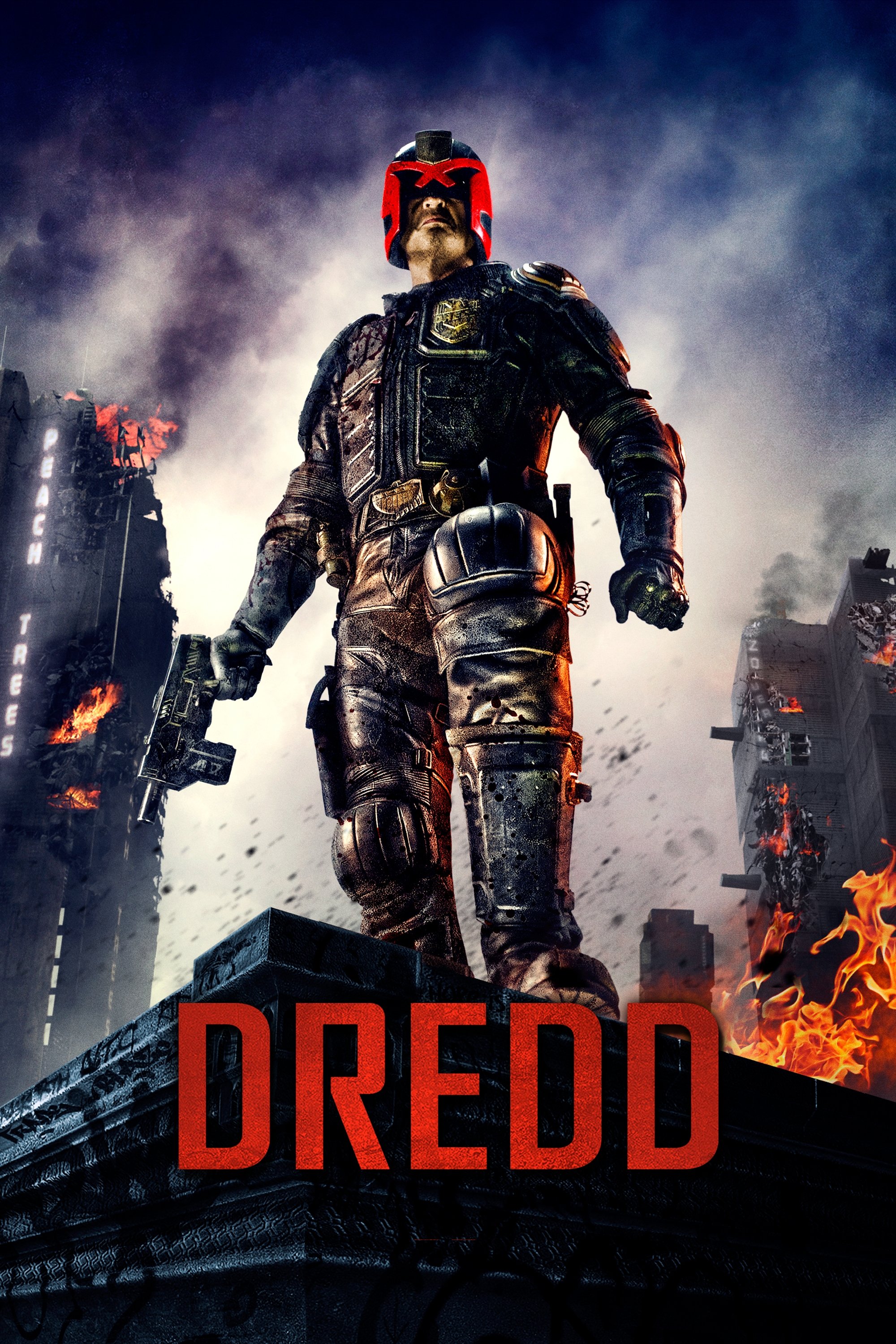
In Mega City One, judges act as both police officers and the court system, operating within the massive, overcrowded Peach Trees slum. The film showcases fast-paced action unfolding in real time, captured through body camera footage and focusing on the illegal drug trade, which is monitored by surveillance systems. Visually striking slow-motion scenes depict a drug that distorts users’ perceptions, but doesn’t change actual reality. The film’s setting is a densely packed, fortified housing complex controlled by gangs, where basic services are scarce.
‘A Scanner Darkly’ (2006)
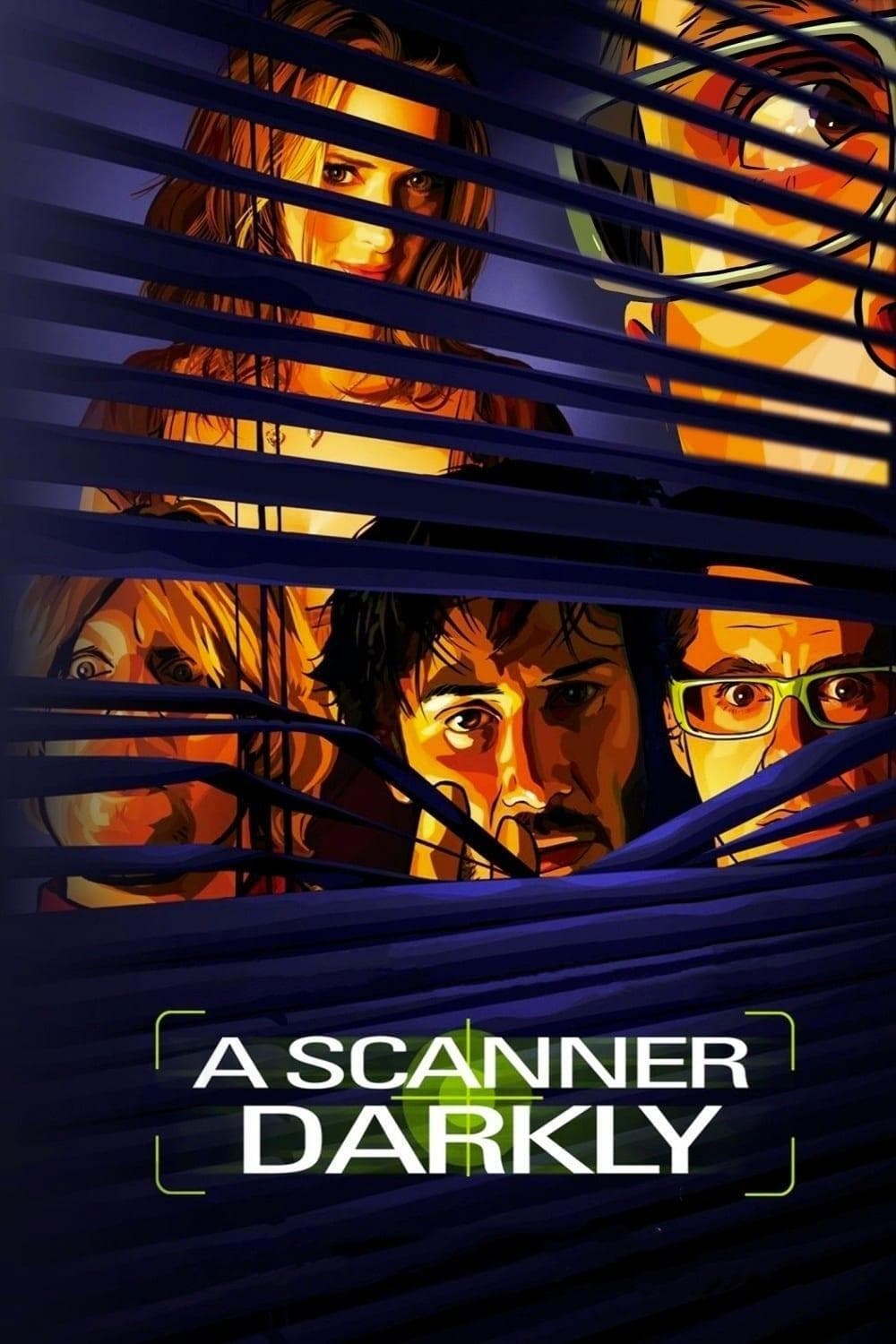
I’m really fascinated by Richard Linklater’s new film! He’s taken on another Philip K. Dick story, and this time it’s brought to life with this incredible rotoscope animation over live action. It’s a bit mind-bending – the story centers around undercover agents who wear these suits that completely disguise them, both how they look and sound. They’re investigating a new drug that messes with people’s memories and makes them lose trust in others, all within this seemingly normal suburban setting. What’s really striking is how the technology they’re using to watch people ends up being just as damaging as the drug itself. It makes you think about surveillance in a whole new way.
‘Strange Days’ (1995)

This movie, set around the year 2000, revolves around a technology that records and trades people’s direct experiences – essentially, memories and even crimes – as digital data. The story unfolds in a near-future Los Angeles, exploring themes of police corruption, the music scene, and social tensions. It demonstrates how easily this kind of personal technology can be misused by both criminals and those in power.
‘Tetsuo: The Iron Man’ (1989)

This Japanese movie shows a man changing as metal begins to take over his body. It uses quick cuts and harsh, mechanical sounds to create a jarring and intense look at this physical transformation. The city is shown as a confusing network of junk, wires, and impersonal spaces. The film makes you wonder where the line between human and machine blurs when technology enters the body.
‘Dark City’ (1998)
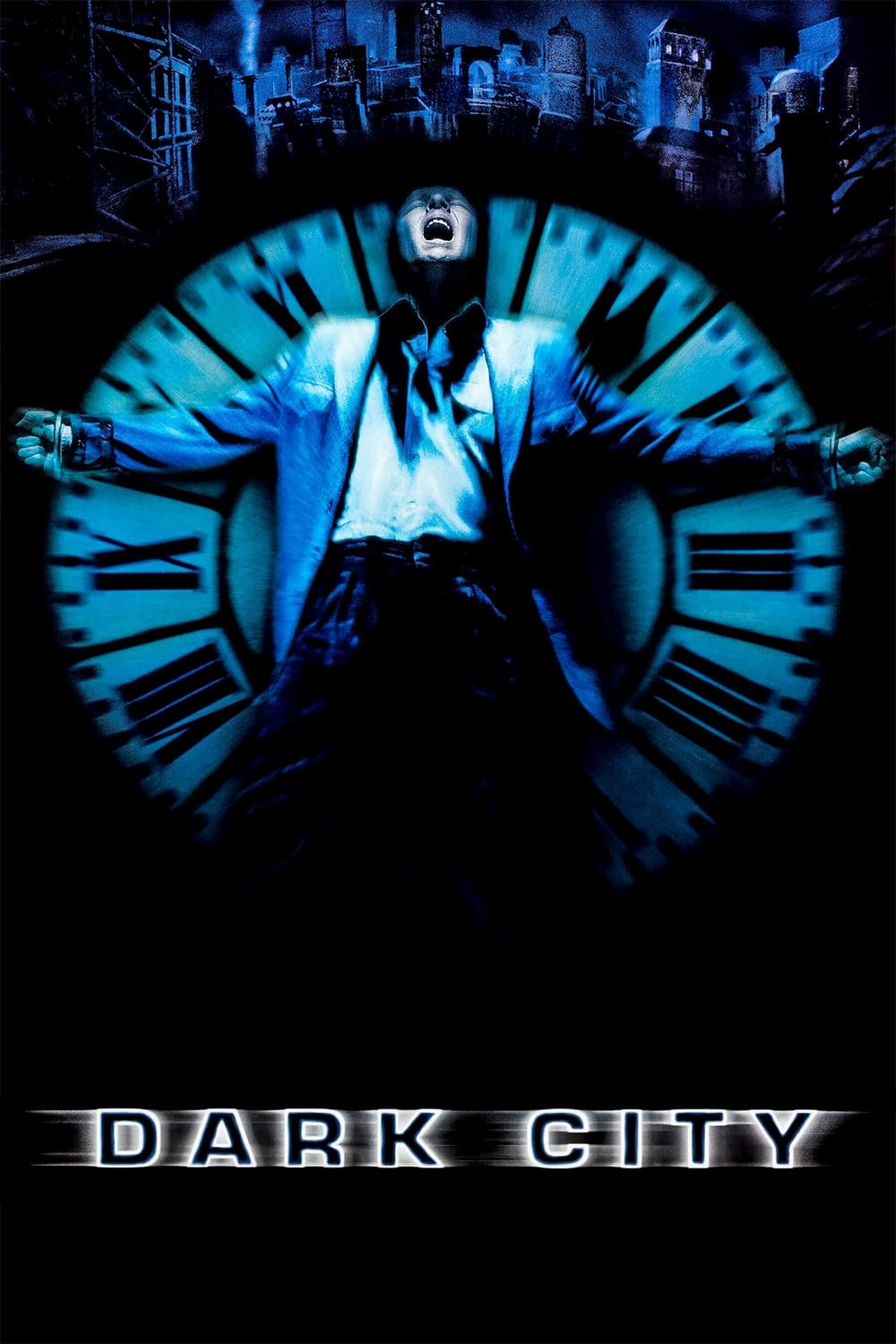
A man finds himself awake in a strange city with no idea who he is or how he got there. This city is ruled by mysterious beings who rebuild it every night. The world is disorienting, with time itself being manipulated and people’s memories altered. The city feels physically unstable, created with detailed models and sets. The story explores what happens to a person’s sense of self when their past is constantly rewritten by others.
‘Alita: Battle Angel’ (2019)
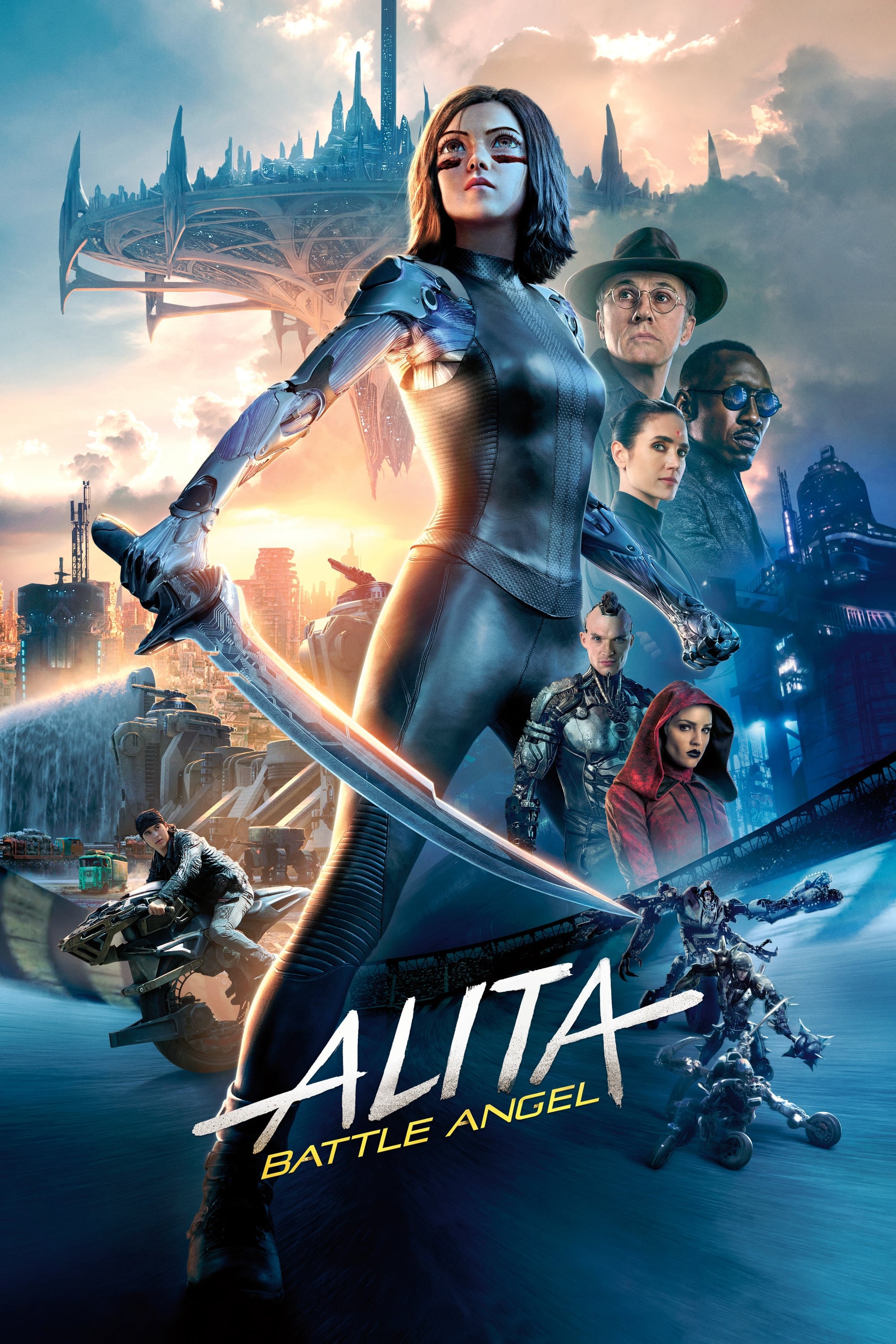
In a divided future world, a doctor reconstructs a cybernetic woman who tries to recover her lost memories. The film depicts a society with stark contrasts – bustling markets for artificial body parts, records of elite warriors, and impressive cities in the sky all connected to the gritty world of scrap collecting below. Cutting-edge performance capture technology blends realistic human expressions with the mechanical bodies of the characters. Through fighting tournaments and a bounty hunter system, the story explores who holds power and is allowed to use force.
‘Upgrade’ (2018)

A man paralyzed in an attack regains movement thanks to an experimental implant, which also gives him enhanced analytical skills. The story explores the complex relationship between the man and the chip, as they struggle for control. This technology is supported by a network of smart homes, self-driving cars, and underground medical facilities. The origins of the implant lead back to both venture capital-funded projects and research with ties to the military.
‘Minority Report’ (2002)
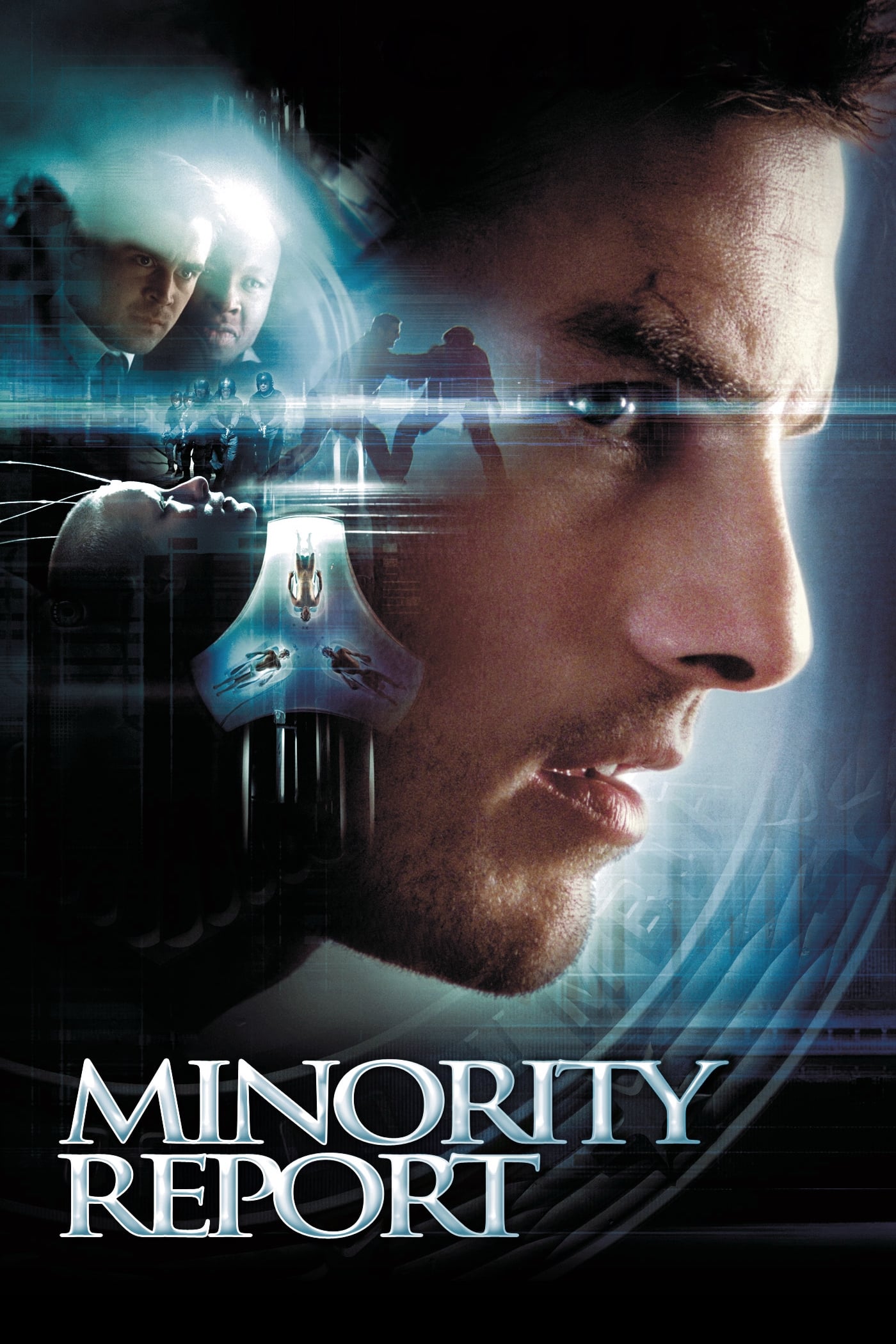
This futuristic thriller takes place in Washington D.C. and follows an elite police unit that can foresee murders before they happen. The film creates a world where technology is everywhere – from personalized ads and touchless interfaces to advanced transportation and see-through screens – all constantly tracking data. The story centers on the moral dilemmas of arresting people before they commit crimes, and how the system’s reliance on predicting the future isn’t perfect.
‘TRON’ (1982)

A programmer finds himself inside a computer, visualized as a vibrant world of programs and users. The movie was groundbreaking for its use of computer-generated images alongside live actors. It presents a world where a corporation controls software in a very real, hierarchical way. Things like identity disks and light cycles are used to show data as physical objects you can interact with.
‘TRON: Legacy’ (2010)

Years after the original, a son ventures into the digital world and faces a rebellious program that has created a new power structure. The movie reimagines this digital city with constantly changing architecture and flying platforms. Advanced technology, like making actors look younger and creating entirely computer-generated characters, pushes the idea of bodies being made of software. The story examines what happens when a self-contained world develops under a single, controlling belief system.
‘Brazil’ (1985)
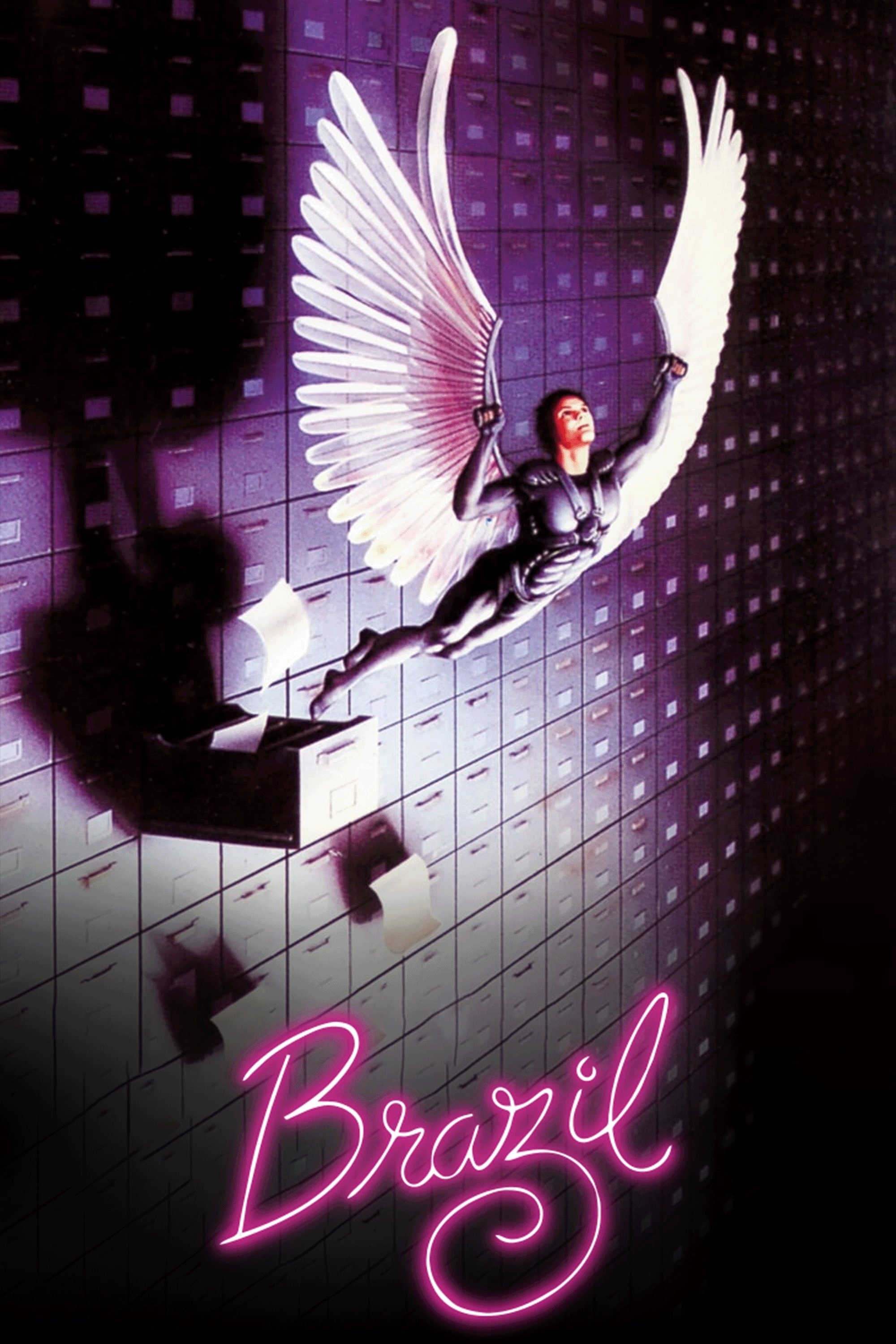
This story depicts a bleak future where a government controls its people through endless paperwork and malfunctioning technology. Imagine a world of old-fashioned computers, message tubes, and frustrating interfaces – a truly nightmarish bureaucracy. The story illustrates how even a simple mistake, like a typo, can lead to complete government surveillance and capture. Visually, the film combines outdated technology with cramped, industrial settings.
‘Johnny Mnemonic’ (1995)

In a futuristic world, a messenger carries vital, encrypted information directly in their brain, desperately trying to reach the people who need it. The story is filled with dangerous characters – including Yakuza gangsters and shadowy figures from powerful corporations – and takes place in a gritty setting of back-alley surgeries and high-tech research facilities. The film realistically portrays the dangers of overloaded digital networks and limited data storage, while also highlighting the fight against unfair practices by big pharmaceutical companies, led by underground hackers and activist groups.
‘Avalon’ (2001)

The film takes place in Eastern Europe, not too far in the future, where people enter a virtual reality game designed like a military simulation, but at a risk to their mental health. It depicts a world of underground servers, treatment centers for game addiction, and cities struggling with economic hardship. Director Oshii contrasts the bleak, desaturated real world with the bright, polished look of the game, exploring how people find meaning and connection in these simulated experiences rather than in their everyday lives.
Tell us your favorite cyberpunk movies and shows in the comments – and don’t forget to share any lesser-known titles! Let’s create a fantastic watchlist together.
Read More
- Robert Kirkman Launching Transformers, G.I. Joe Animated Universe With Adult ‘Energon’ Series
- Avantor’s Chairman Buys $1M Stake: A Dividend Hunter’s Dilemma?
- UnitedHealth’s Fall: A Seasoned Investor’s Lament
- Ex-Employee Mines Crypto Like a Digital Leprechaun! 😂💻💸
- NextEra Energy: Powering Portfolios, Defying Odds
- AI Stock Insights: A Cautionary Tale of Investment in Uncertain Times
- Hedge Fund Magnate Bets on Future Giants While Insuring Against Semiconductor Woes
- The Illusion of Zoom’s Ascent
- Oklo’s Stock Surge: A Skeptic’s Guide to Nuclear Hype
- EUR TRY PREDICTION
2025-11-07 06:16